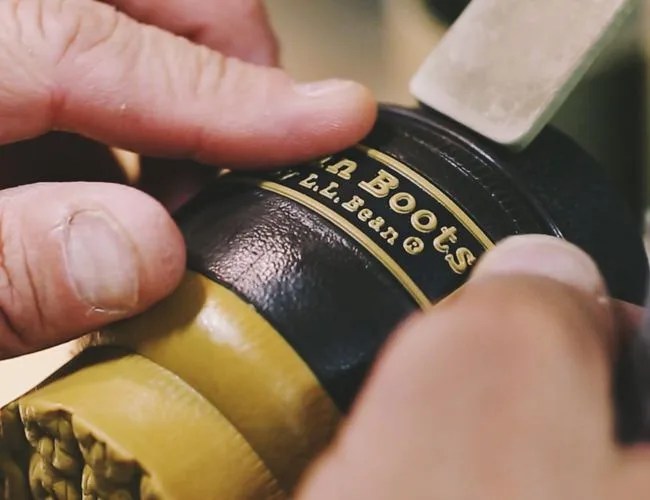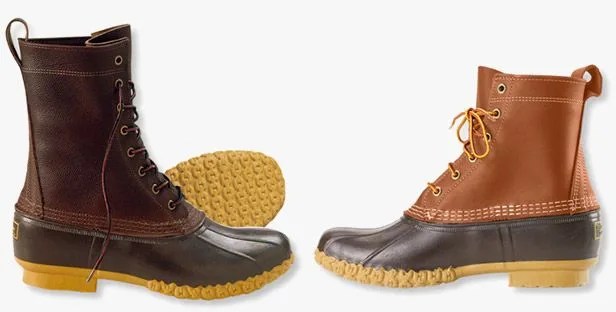Shoemaking is an integral part of Maine’s identity, and many of America’s most revered shoemakers have — at one point or another — cobbled together a pair of shoes or boots in the New England state. Logic would dictate that in the modern era of mass production and outsourcing, Maine’s bustling shoe industry would take a major hit. In some respects that may be true, but Maine is still home to a thriving shoemaking industry. New Balance manufactures its popular US574 model in Norridgewock. Quoddy’s handsome moc toe footwear is put together in Lewiston. And one of the largest shoemaking operations still in Maine is L.L.Bean — a brand synonymous with the rocky coast and rugged woodland.
Leon Leonwood Bean founded L.L.Bean in 1912. Bean was an avid outdoorsman and hunter who — tired of having cold, wet feet — decided to create his own boot that would actually keep the elements away from his extremities. The idea was this: to keep his feet dry and toasty, he would build a boot where the lower half was made from rubber and attach it to a leather upper. The result was the iconically two-toned Maine Hunting Shoe, worn today by both the hip and the rugged. While L.L.Bean manufactures and sells a variety of outdoor goods (everything from flannel to dog beds) L.L.Bean’s boots remain the brand’s most ubiquitous product.
Today, L.L.Bean manufactures the Bean Boot in Brunswick, Maine, about half an hour north of Portland. Because L.L.Bean uses the Brunswick factory for a variety of other operations — namely home goods, tote bags and custom embroidery — the boot manufacturing is concentrated at the center of the factory and takes up a surprisingly small amount of space; about a third of the overall factory. Considering L.L.Bean’s projected output for 2015 is around half a million pairs of boots, the efficient use of space is impressive.
While L.L.Bean manufactures and sells a variety of outdoor goods, L.L.Bean’s boots are the brand’s most notorious product.
Half a million pairs is also a lofty figure compared to previous years of production. L.L.Bean’s Boots have increased in demand recently, and 2014’s Christmas shopping season saw a shortage in L.L.Bean’s inventory by a staggering 100,000 boots. To combat future shortages, and to fulfill backlogged orders, L.L.Bean has seen some hefty changes to their manufacturing process which, for starters, includes hiring new people and adding a third shift that has helped keep a steady flow of new boots coming out of the factory.
More machines have also been added. While L.L.Bean has traditionally hand-cut and hand-stitched all of its boots, computer-operated machines are able to complete these tasks much more quickly. But don’t think this is the end of handmade boots — some steps are too complicated for computer-controlled machines. Operations manager Royce Haines assured us that workers will not be replaced. The new machines and the Brunswick factory’s skilled workers will operate in tandem.
What’s the Difference Between the Maine Hunting Shoe and Bean Boot?

